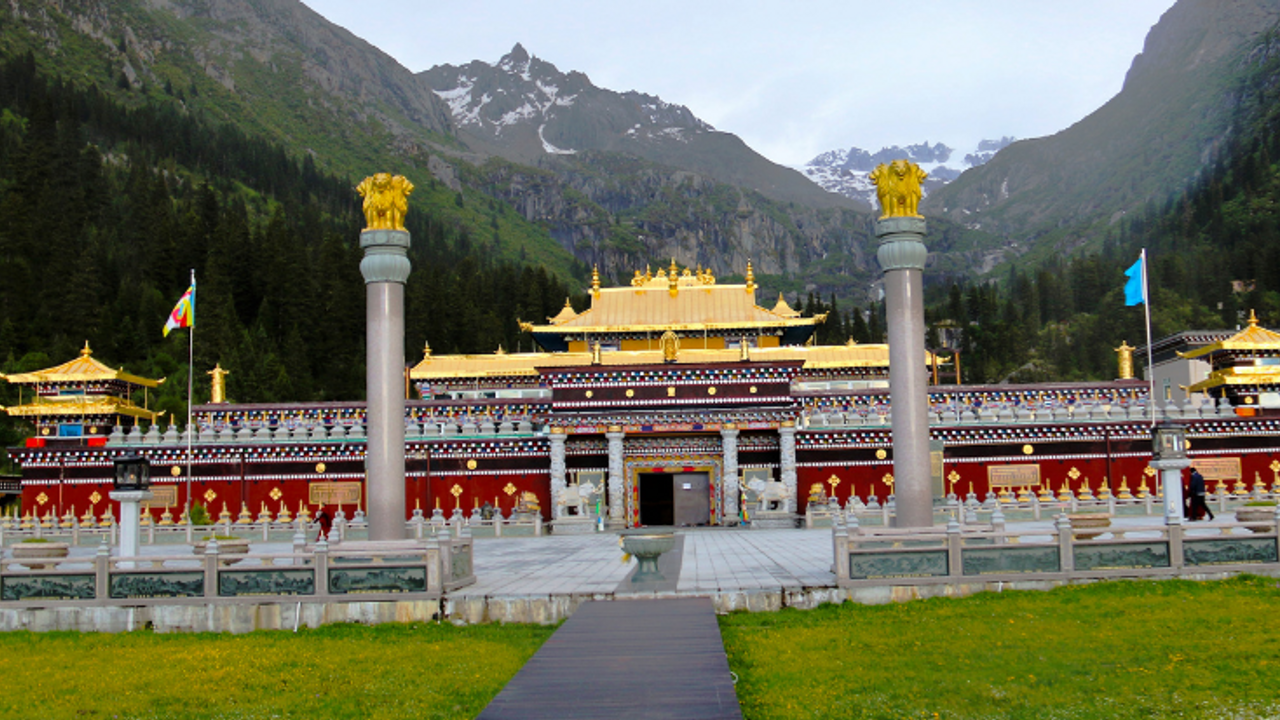What is Dzogchen meditation?

QUESTION: What are your thoughts on Dzogchen meditation compared to mindfulness and mantra practice?
ANSWER: Dzogchen (pronounced “Zok-chen") is a self-inquiry practice used to go directly to the heart of the Buddhas teaching of “no self.”
The Buddha taught that there is no thing inside of you that is stable and unchanging and can be called a “self.”
He taught that you are more like a process that is forever fluctuating, changing and unfolding.
Dozogchen attempts to reveal that truth by looking directly at the nature of experience and showing that there is no “watcher” in there.
There is no central control area within you that can be called the real YOU.
Instead, when you look closely you see there is awareness, which is pure, empty and self-illuminating.
And there are objects arising within awareness. Those objects include everything in your experience: things you see, smell, feel (physically or emotionally), thoughts and so on.
There is nothing in experience that doesn’t aris...
Mindfulness vs Mantra Meditation. What are the differences?

Mindfulness and mantra meditation - What are they?
Mantra meditation is known by various names in the West, like Transcendental meditation (TM), Vedic meditation, Deep meditation or Himalayan meditation for instance.
Mindfulness can also be known by other names, such as Vipassana or insight meditation.
Mantra meditation is a classic style of practice from India, usually taught by a teacher who guides practitioners to use the mantra in a very specific way during classes spread over a few days.
Mindfulness is more widespread and is often found in yoga studios and on the majority of meditation apps.
Typically in mantra meditation you sit comfortably in a normal chair with the back supported. You hold a mantra (given to you by a teacher) delicately in your mind in such a way that mental activity decreases and the body relaxes.
Mindfulness practice usually involves sitting upright with no back support observing things like breath, body sensations, sounds, thoughts or emotions (and so ...
